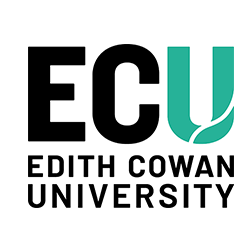Author Identifier (ORCID)
Desiree T. Silva: https://orcid.org/0000-0003-4454-466X
Susan L. Prescott: https://orcid.org/0000-0003-4845-8590
Abstract
Background: Urine is an attractive biospecimen for nutritional status and population health surveys. It is an excellent non-invasive alternative to blood for appropriate biomarkers in young children and is suitable for home-based collection, enabling representative collections across a population. However, the bulk of literature in this population is restricted to collection in primary care settings. Feasibility of home-based collection at scale has not been tested. Here, we describe a mixed method approach to collect urine samples in a large cohort study with children under 5 years. Methods: The ORIGINS Project is an ongoing birth cohort investigating early life influences on child health outcomes in Perth, Australia. Recruitment began in 2017, with 3713 children consented by December 2022. Urine is collected longitudinally from children between 2 months and 5 years of age. Mixed methods for sample collection and return accommodates requirements across various ages and study timepoints. Uniquely, courier collection and postal kit deliveries were established in response to participant feedback regarding difficulty with in-person sample drop-offs with young children. Results: Over half of all eligible caregivers (1929/3713, 52%) returned a sample, 91% meeting quality standards. A third of all samples were returned by courier, with the highest uptake at 2–6 months of age, and increased uptake across all ages during COVID lockdowns. Caregivers cited being time-poor as the greatest barrier to sample completion and very few participants indicated difficulty with study methods. Conclusion: Our data suggests that home-based urine collection using a mixed method approach is acceptable to caregivers at a large scale, supporting the use of urine for biomarker studies and population surveys with young children.
Document Type
Journal Article
Date of Publication
12-1-2025
Volume
11
Issue
1
Publication Title
BMC Nutrition
Publisher
Springer
School
School of Medical and Health Sciences
Funders
Telethon Perth Children’s Hospital Research Fund / Joondalup Health Campus / Paul Ramsay Foundation / Commonwealth Government of Australia / Channel 7 Telethon Trust / Future Health Research and Innovation Fund (BIOBANK2021- ORIGINS Biobank)
Creative Commons License

This work is licensed under a Creative Commons Attribution-Noncommercial-No Derivative Works 4.0 License.


Comments
Kidd, C. D., Moumin, N. A., MacRae, A., Green, T. J., Silva, D. T., Prescott, S. L., & D’Vaz, N. (2025). Feasibility of home-based urine collection in children under 5 years in the ORIGINS birth cohort study: Mixed method protocol and sample completion results. BMC Nutrition, 11(1). https://doi.org/10.1186/s40795-025-00993-8